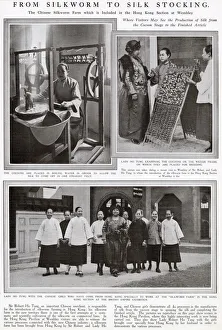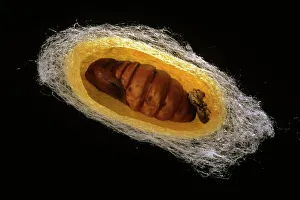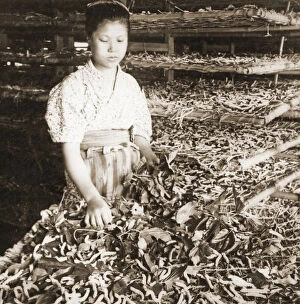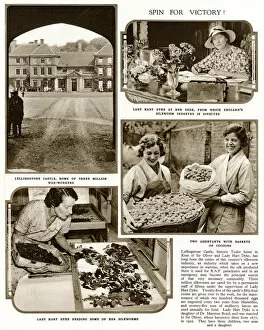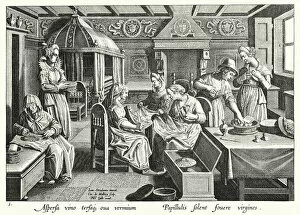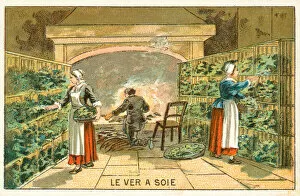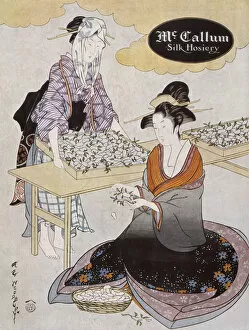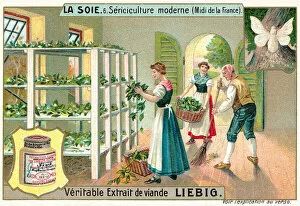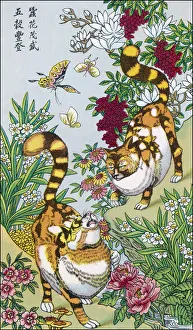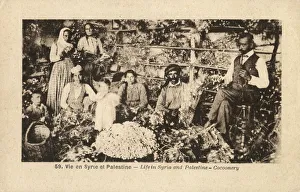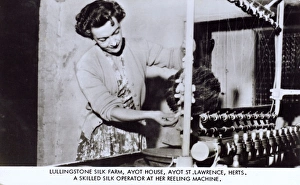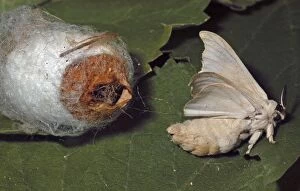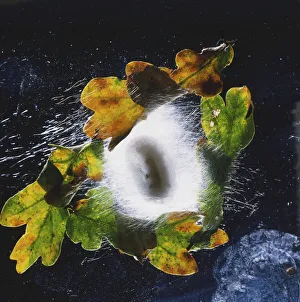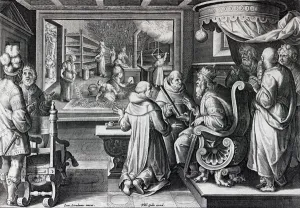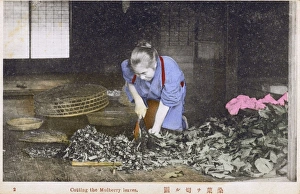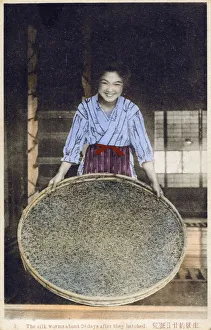Silkworms Collection
Silkworms have played a significant role in the history of textiles, from their humble beginnings to becoming an integral part of the British Empire Exhibition
All Professionally Made to Order for Quick Shipping
Silkworms have played a significant role in the history of textiles, from their humble beginnings to becoming an integral part of the British Empire Exhibition. The journey from silkworm to silk stocking is a fascinating one, and it all starts with the silk moth. A cross-section of a cocoon reveals the intricate structure that houses these remarkable creatures during their transformation. Each cocoon holds secrets waiting to be unraveled, like a hidden treasure waiting to be discovered. Intriguingly, close-up shots of Madagascan silk moths showcase their mesmerizing eyespots on their wings. These delicate patterns are composed of hair-like scales that create an enchanting display when viewed up close. Traveling back in time, we find ourselves in Japan circa 1772. Plate 6 from Shunsho's series "Kaiko Yashinai-gusa" depicts people examining newly spun cocoons. This artwork gives us insight into how sericulture was practiced centuries ago and highlights its cultural significance. Color lithographs capture the vibrant beauty of various silk moths, showcasing nature's artistry at its finest. Their vivid hues and intricate patterns remind us why these creatures have captivated humans for centuries. Feeding young silkworms with mulberry leaves has been a long-standing tradition in cultivating these valuable insects. A vintage albumen photo taken around 1900 captures this process, preserving a snapshot of historical practices for future generations. The global influence is evident through an engraving depicting Brazilian silkworm exhibits at the Centennial Exposition in Philadelphia in 1876. It serves as a reminder that sericulture transcends borders and connects cultures worldwide. Lullingstone Castle stands as a testament to silk production throughout history. Its walls witnessed countless hours dedicated to rearing silkworms and transforming their precious threads into luxurious fabrics fit for royalty.

